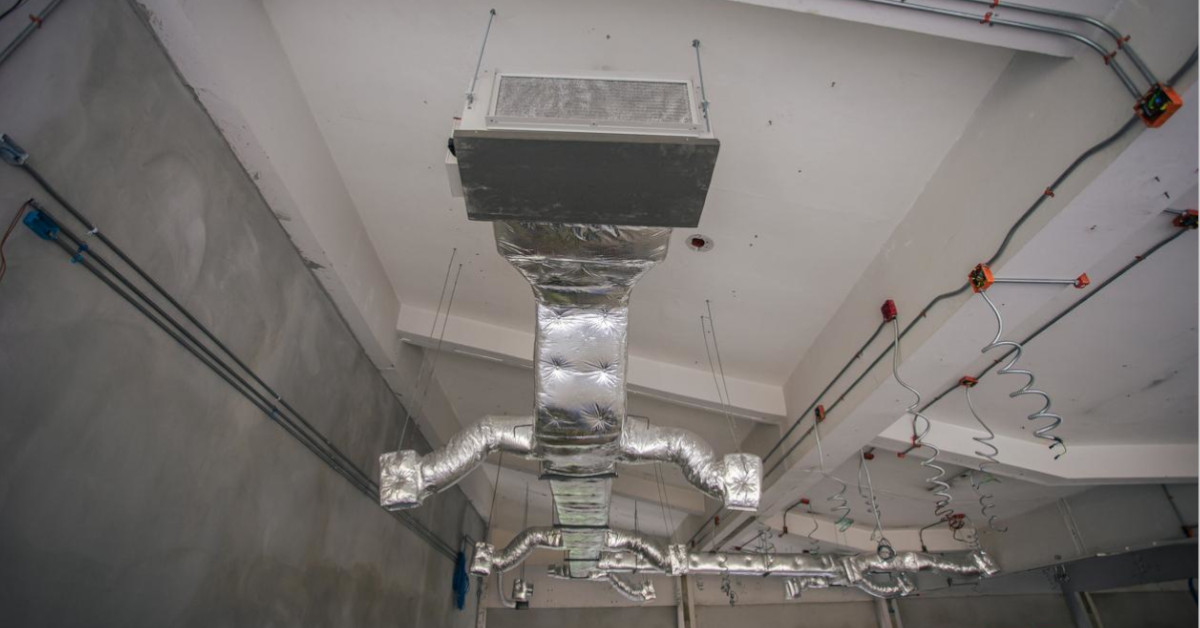Learn How to Identify a Leak in Your Exhaust Hood
You wake up, get out of bed, and get started with your morning routine. You hit the road, grab a fresh cup of coffee, and get to the kitchen early to begin prepping for the day. Turn on the lights and start looking around, and then it catches your eye – a brownish liquid coming from the exhaust hood! Don’t panic; we’re here to guide you on what to do when you notice leaks in your exhaust hood. Whether it’s grease or water, understanding the cause and taking appropriate action is crucial for safety and functionality.
Different Types of Leaks, Explained
When you notice any ‘leaking’ from your exhaust hood, the first step is to determine whether it’s grease or water. If your exhaust hood has been recently cleaned, it’s likely water. Exhaust hood systems are designed to be watertight, but occasional leaks can occur due to welding imperfections. Before passing inspection, a light test is typically conducted to check for light passing through welds. Even with these tests, human error can sometimes lead to leaks. When cleaning the ducts, water may accumulate and seep through these imperfections in the days following the cleaning.
For grease leaks, the process is similar. Check the weld points to spot any weak welds if it’s not water. Grease leaks are usually thicker than water and move more slowly. If you identify the leaking weld point, it’s advisable to call in a repair professional to rebuild the weld and patch the leak. However, if you can’t locate the weak weld point, the leak might be coming from other areas, such as access doors in the duct, ductwork, or the grease trough designed to capture excess grease from the filters.
Taking Action
Whether you’re dealing with a grease or water leak, taking immediate action is essential to prevent potential hazards or further damage. Here’s what you should do:
Contact a professional commercial exhaust hood maintenance provider as soon as you spot the leak. Check if your exhaust hood unit is covered by a warranty. NAKS, Inc. offers a limited warranty covering workmanship and material defects for two years from the date of shipment (with proof of purchase). If your unit is under warranty, the repairs might be covered. A professional tech will assess the situation and recommend the best course of action to repair the leak.
Even if the leak seems small, it’s important to take action. Ignoring the problem will not make the problem go away. It’s crucial to understand that even seemingly minor leaks can pose fire risks or cause other forms of damage. Never ignore a leak, no matter how small it may appear.
Conclusion
At NAKS, Inc., we understand the importance of a fully functional exhaust hood system in your kitchen. Whether you’re dealing with grease or water leaks, timely action is key to maintaining a safe and efficient kitchen environment. Our wide range of exhaust hood systems, including Compensating (Short Cycle) and Perforated Supply Plenum PSP models, are designed with quality and durability in mind. If you have any questions or need assistance with your hood system, feel free to contact one of our experts today. We’re here to help you keep your kitchen running smoothly and safely!

